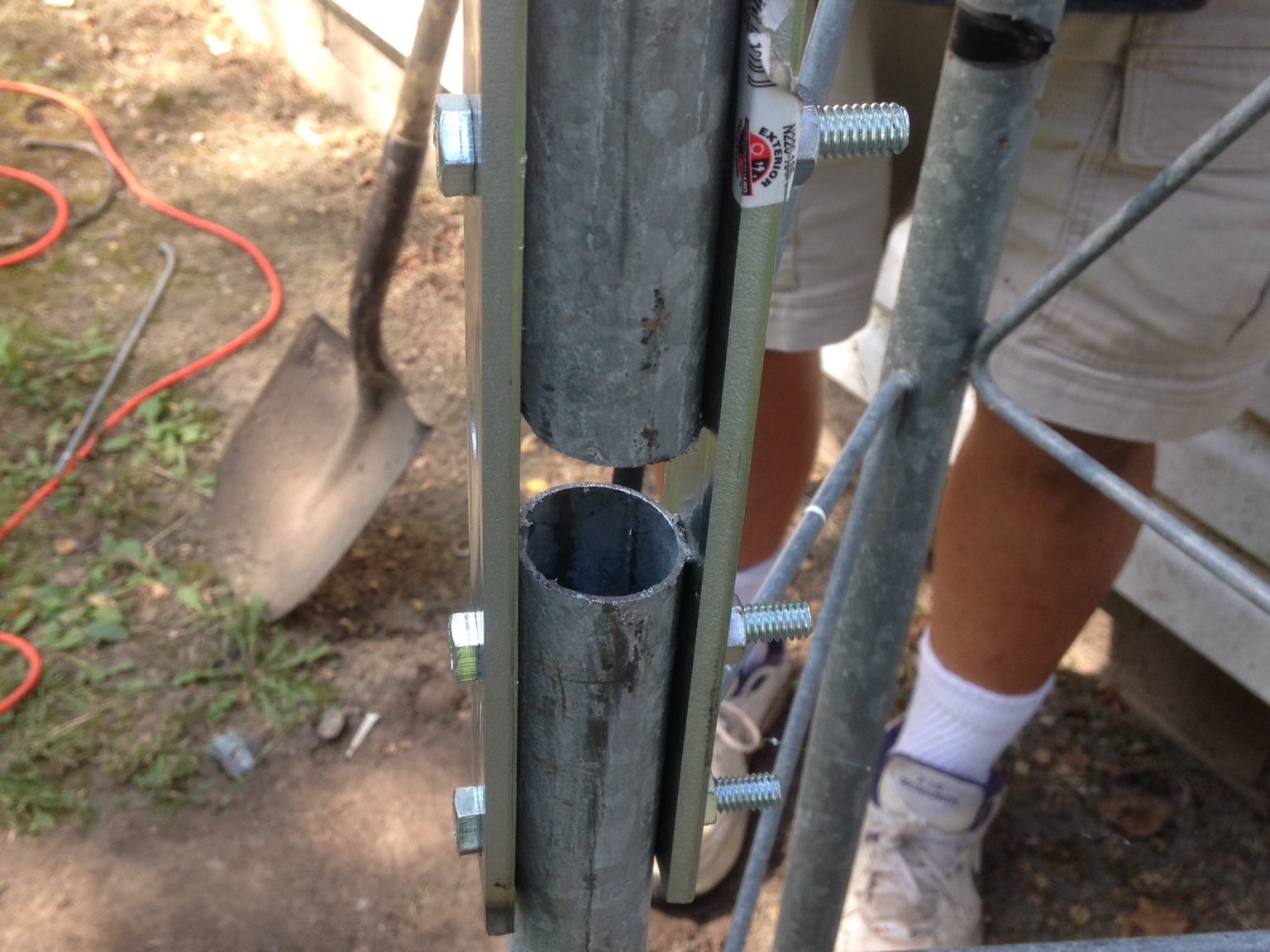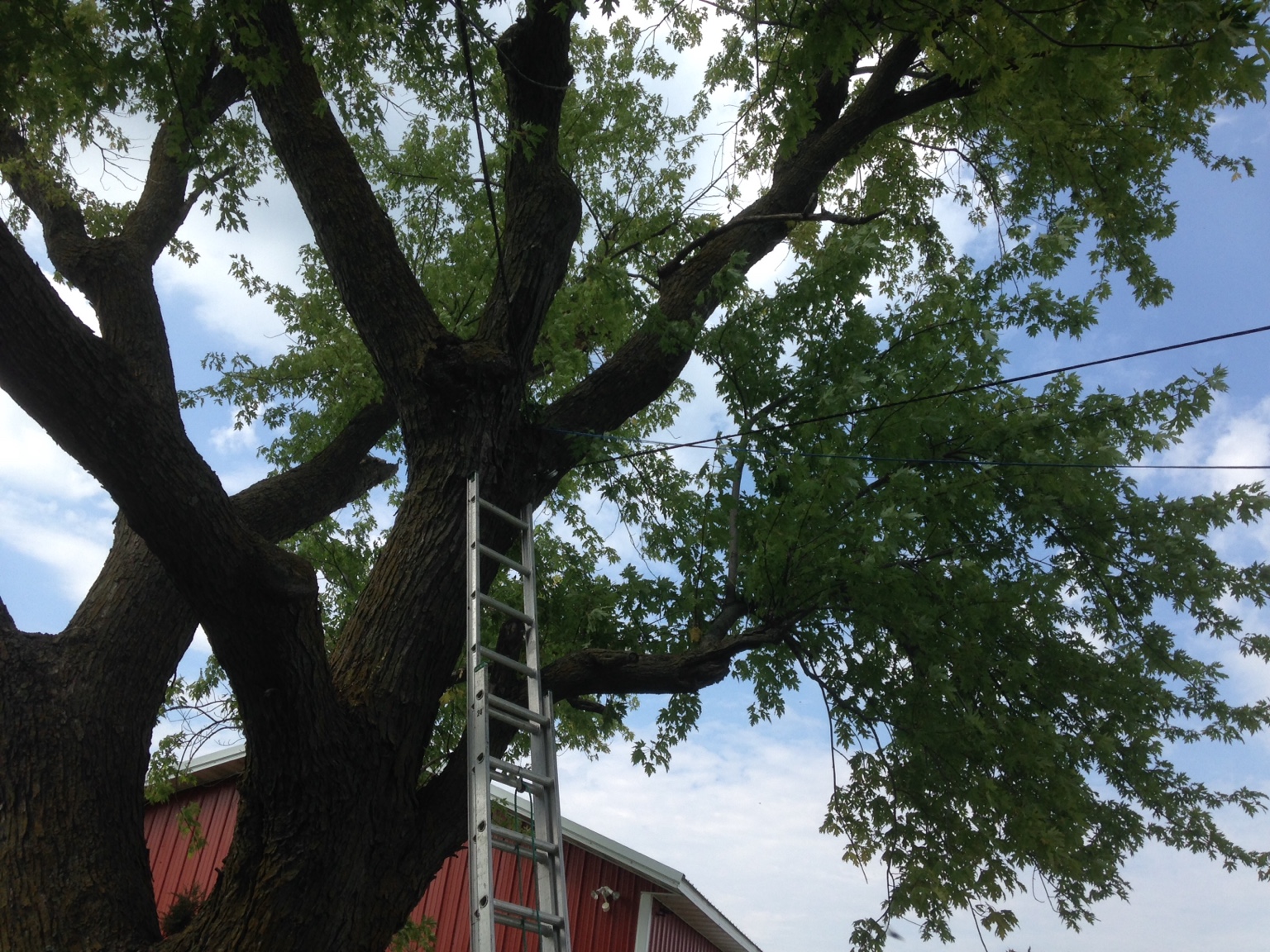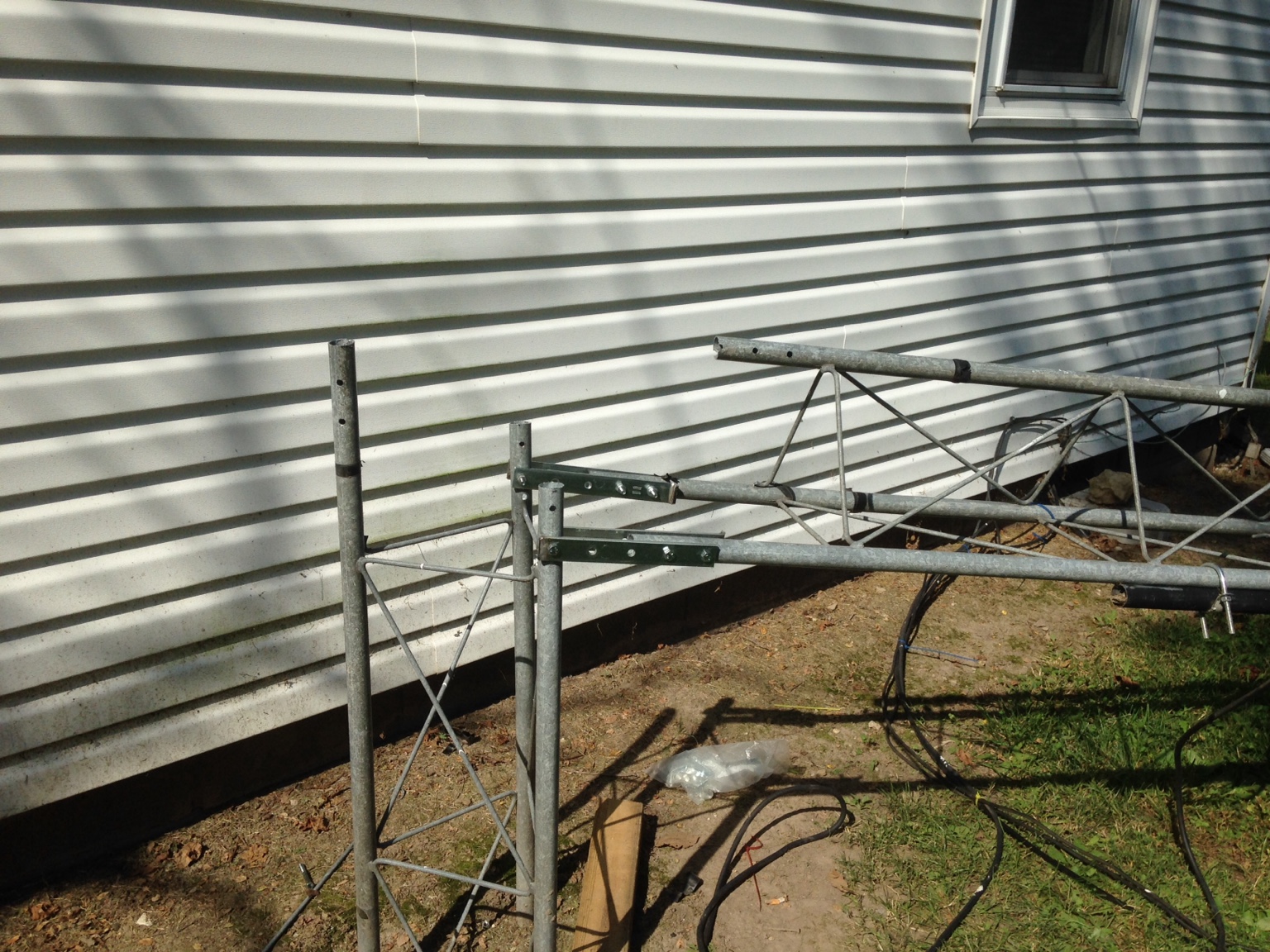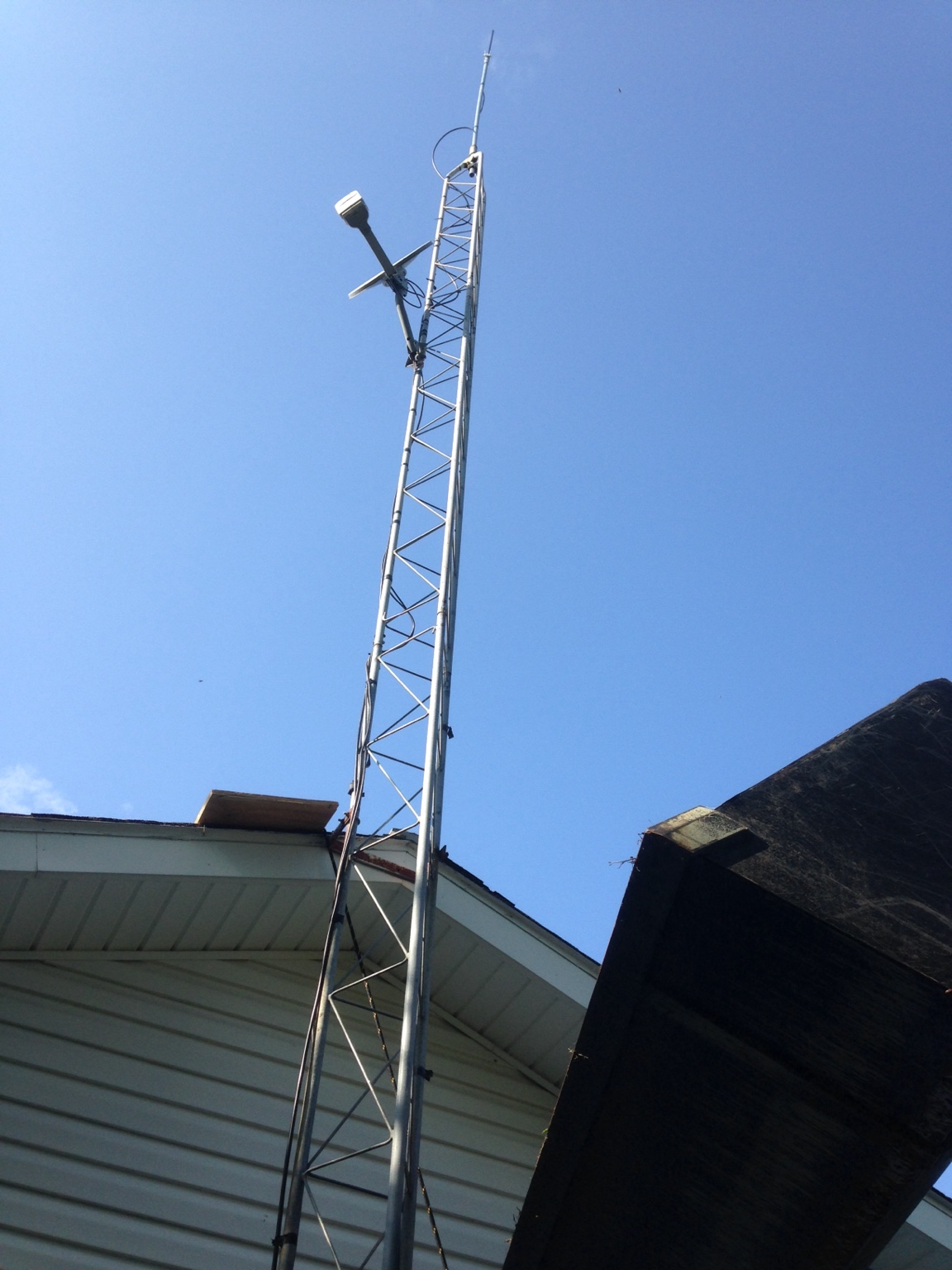It is important to have to topography, but you also need an idea of vegetation. Looking at your topo map only, you probably have something that is workable. PM my the address (I presume there is one looking at the topo). That is enough for me to look at the imagery.
While I'm on the general subject of using the repeater function, here are some thoughts:
When using solar panels, with the right programming and sufficient light, you can keep a camera running for many, many months without visiting the site. Think of your battery as a buffer. It takes a certain amount of energy to operate the PIR, operate the flash if at night, take and store a picture. It then takes more energy to transmit that picture. The amount of energy it takes depends on the signal levels; the better the signal level, the less power it takes to transmit the picture and the faster it is sent. The camera drains the battery of energy and the solar panel fills it. As long as the average amount of energy going in is greater than the amount of energy being consumed, the battery won't need to be swapped until it wears out. SLA batteries have a finite number of charge/discharge cycles. You can either get a lot of tiny cycles or fewer deeper cycles. The thing that will reduce the life of an SLA battery the most is letting it sit in a low or discharged state for a significant amount of time.
So, the size of the battery (in amp-hours) will dictate how big the buffer is. The buffer size is important in that it dictates how many days the camera can operate without sun available to charge it. This will happen when you get consecutive cloudy days or storms.
This interplays with the repeater function. The repeater battery will discharge faster than other cameras, all other things being equal, because it is forwarding packets in addition to the other functions. When any camera's battery gets low enough, the camera goes into what is called a Low Battery State. In this mode, it uses the energy left to maintain any pictures that are in memory but have not yet been transmitted. It stops taking new pictures and stops transmitting existing pictures until the battery level is restored (by the solar panel) to a higher level. It then begins operating normally.
In a terminal cameras normal operation, it takes a picture and tries to transmit it back. Signal levels can vary with weather, vegetation, and other factors, so from time to time a camera may lose the ability to connect. When this happens, it just waits and tries again later. The camera continues to operate normally during this period and simply queues up pictures in memory until memory is full at which time it stops taking new pictures. Once it can connect again, it immediately begins transmitting pictures again.
All of this leads to the importance of having a large buffer and plenty of charging capacity with your repeating camera. If that camera goes into low battery state, none of the terminal cameras using it can transmit pictures back. So, they continue to take pictures and store them in memory. When you replace the battery in the repeating camera, all of the terminal cameras begin transmitting pictures from memory. The base only allows 2 cameras to transmit simultaneously, but when one of the two base channels is free, one of the terminal cameras will use it. This constant transmission of stacked up pictures will drain the batteries of the terminal cameras. Keep in mind that when a battery gets into a low charge state and you don't recharge it fully, you lose battery life. So, you end up needing to swap batteries in all the terminal cameras that use the repeater with fresh batteries.
So, as you consider your configuration, focus your energy and money on:
1) Placing your repeater cameras where it can get a good signal level.
2) Placing your repeater camera where the solar panel can get as much sun as possible.
3) Using a large capacity (amp-hour) external battery.
4) Using a large capacity solar array with a high quality charge controller for the external battery.
You really want your repeater camera to have perpetual power.
For terminal cameras, you want the best signal level and as much sun as you can get on the panel balancing with cameras placement needs. You also want to set your programming to match the charging capacity of your setup.
Thanks,
Jack














